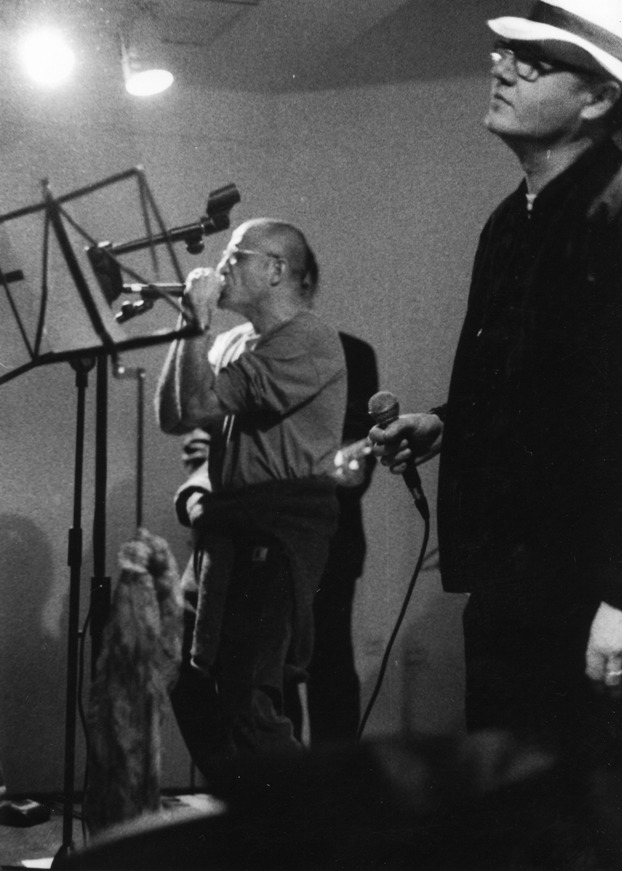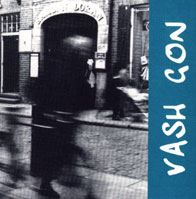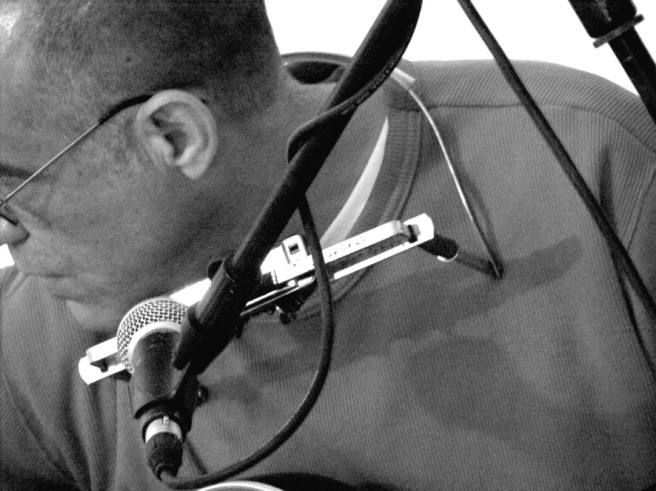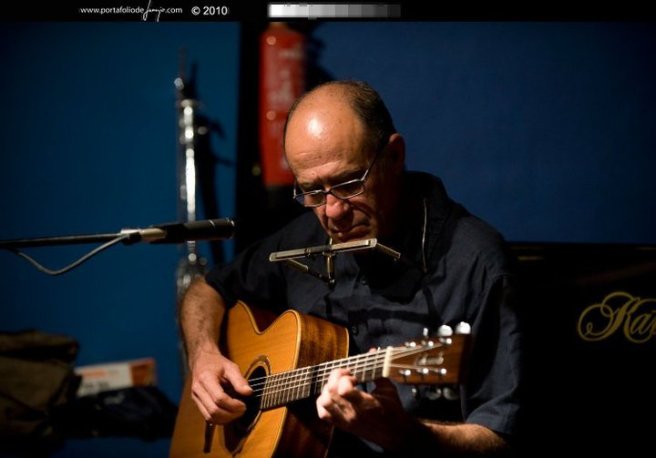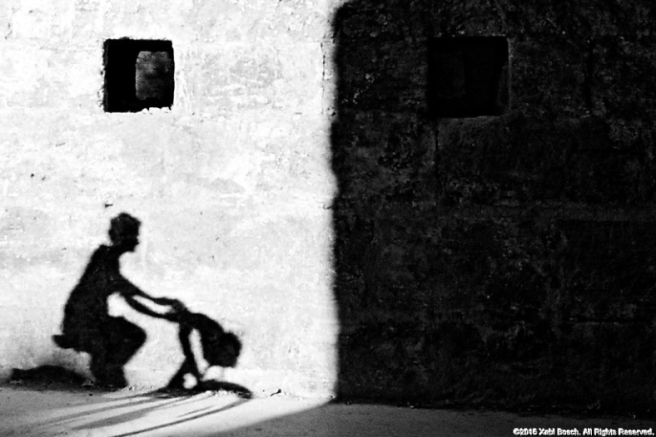GRANGE RUTAN. LADY HAIG. AUTHOR. WRITER. PROSE AND POETRY.
Lady Haig –author of the great “Death of A Bebop Wife”- has written a book that is a kaleidoscope of images, sounds, encounters, disagreements, testimonies about all what it’s woth in our world nowadays, the memory of experience, passion and liberty, as she wrote first a book about the serious abuse of women, the story, then, of a survivor who knew how to get away in time from a difficult and dangerous man at a time in which leaving the husband shortly after getting married, taking a plane and returning home was a heroic act and not always understood, also a story of testimonies, poems and anecdotes, and a song in love.
Now she is ready to publish her last book: “Lady Haig Roars”.
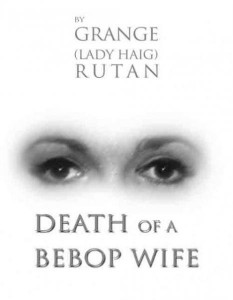
https://ellibrepensador.com/2010/08/29/esposa-del-bebop/
We can’t forget this and we can’t forget anything about our history, about our own lives that are what is called history. We can’t forget writing is an act of love. Love is all what it is, all what we have.
She who went to Mexico and Paris. She who shared a flight with Federico Fellini and was named Lady Haig by Dizzy Gillespie. She who has the voice of more than one generation of jazz musicians, poets, women of arts, painters and travellers. She whose prose is poetry and her poetry is prose, prose that is as powerful and exuberant as a Clifford Brown solo, as tender and evocative as a Chet Baker deep tune. She the muse of other artists, painters, musicians, writers, poets, photographers…
About 10 years ago Grange Lady Haig Rutan wrote me such beautiful words on my work, and not only this but she also wrote me some lyrics to add to one of my songs –”Llévame Allí” (Take Me There)-.

These are my original lyrics I sing before adding Grange Rutan’s words:
LLÉVAME ALLÍ (Take me there)
It’s time to leave
Where are you going to take me?
I want to be taken
and never leave here
It’s the rain on your skin
Scents that keep passing by
Take me there
any day and beyond
To the silence of before
the calm and the colour
Now the door is closed
Only the voice remains
and the rain on your skin
Take me there
Where you are taken and returned
If you don’t know me better
it’s because I’m inside of you
Take me there
Where there are no doors to be closed
Where sounds the music with soul
Baden Powell, Johnny Lee
Joao Gilberto, Buddy Holly
Take me
Take me, take me, take me back
Take me, take me, take me back
The colour of the sea
A morning of hangover
The salty voice
The voice of jazz
Chet Baker
When lights are low
Almost blue
All the things you are
September in the rain
Take me, take me there
To the rumpled sheets
To the familiar scent
Buy me an ice cream, buy me an ice cream
The passing and being taken
Take me, take me back
Take me back
Before today
Before yesterday
Any day and beyond…
And THESE are the words she Grange wrote for me and I performed live in a jazz club in Valencia, Spain, with musician Carlos Carrasco on guitar and harp:
“Where? Where is the Light when we need it? Where is the Light?
When we really need it? The Light. Where is the Light?
We are trail blazzing to be free
Get up, stand up, for our right to be,
Whatever that means
Where, where is the Light when we need it?
You are, you are the Light, for
We are the Light, oh, you, you…
Who is going to turn the light on?
Because we really need it
The Light, yeah, the Light
It’s diner time, what are you cooking tonight?
Where is The Light, umm
Good night…
My Spanish Light… My Spanish Light…
The Light… Who is going to carry the Light when the Light is busy?
I will, you will, I will…”
VIDEO LIVE OF «TAKE ME THERE» (Garcin/ Rutan/ Carrasco)
So, above all, what Grange Rutan work is talking about, is about a woman in love, all women in love. And in Light. In love with music, in love with passionate artists and people sharing their poetry and their sounds with the world. In light as the world needs in difficult times. Her style of writing take us to music, and specially to the bebop, the jazz that she saw and lived sharing evenings and trips with Dizzy Gillespie, Charlie Parker, Monk, Stan Getz, Chet Baker – impressive story of Chet in Paris as a fallen angel and wonderful uprooted genius-, and many others jazz greats of the 50s’, an exciting and passionate journey through that music that between 40 ‘and 50’ flourished between America and Europe.
Her prose has that spirit of bebop, as well as beat generation and thinkers of our life in a world in flames (you can think of Albert Camus and Carson McCullers, Walter Benjamin and Dorothy Parker, and you can also think of the arts and creations of new young generations), like her stories and testimonies, her poems and narrations are timeless, have the cinematographic poetic strength of a survivor who knows how to sing blues and jazz. She knows music and voices and acting and dialogues and monologues because, now as then, she always carries them inside, in the heart. The Light. Her Light.
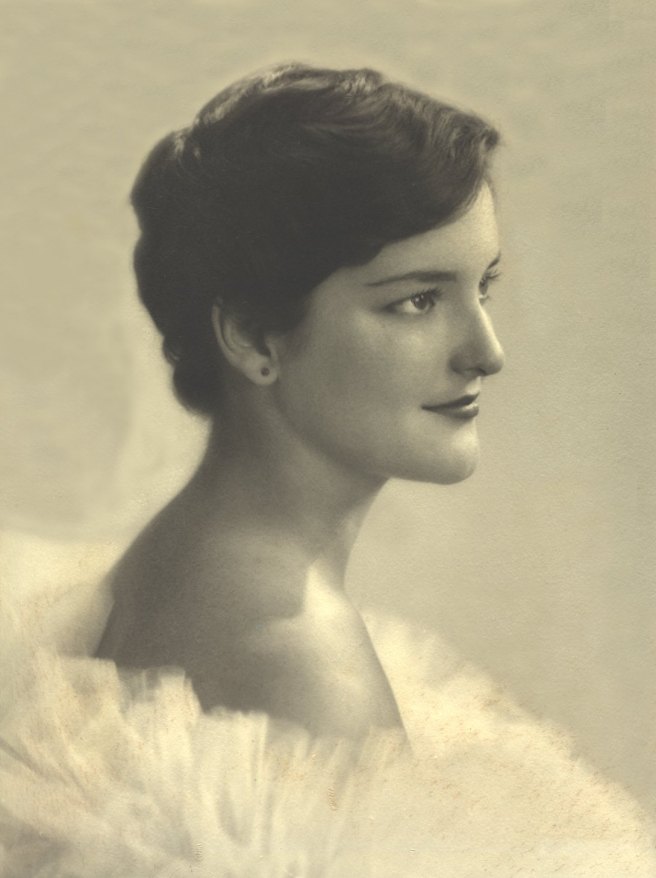
© Fernando Garcin, 2020. Valencia, Spain.
https://ellibrepensador.com/2010/08/29/esposa-del-bebop/

Death Of A Bebop Wife
by Grange (Lady Haig) Rutan
Published by Cadence Jazz Books, Redwood NY 13679
Con motivo de la 3ª edición ya de este libro fascinante, reproduzco las palabras con que lo glosé cuando recibí su primera edición:
The modern pianist has a very special relationship with his drummer and his bassist. As his instrument has hammers, it resembles the drums; and as it has strings, it’s like the bass. His position in the rhythm section is more detached, and more ambiguous than that of his partners, the bass and the drums. If he feels like it, he can stop playing for a few bars and let the bass define the harmony and the drums ensure the rhythm. He can suggest new harmonic directions, fall into step with a soloist, then break away a moment later. On again, off again. He opens or he closes. He’s present at the heart of the rhythm, then suddenly he’s gone.
Laurent De Wilde
from chapter 5, p. 21
There’s a scene in Grange Rutan’s long-awaited book about her first husband Al Haig in which the legendary piano player introduces his young bride to Miles Davis. The men had played together with Charlie Parker in the tumultuous beginning years of bebop, and Al was pianist on one of Miles’ Birth of the Cool sessions. By the summer of 1960, Miles Davis was packing in crowds at the Blackhawk in San Francisco, but Al Haig was scuffling for work. After turning down Miles’ urgent invitation to sit in with the band, Al sheepishly confesses he and Grange have no place to sleep. Without hesitation, Miles reaches into his pocket and hands Al Haig the key to his dressing room. It was there, on a stained mattress in a shabby back room of a nightclub, the couple consummated their marriage. The bride looked brave, despite 2 black eyes. Much about jazz, its artists, its working conditions, its devoted followers, and both the generosity and freakouts, is revealed in that passage. There have been many books written about the history of the music, including the death-defying years of bebop, but here’s one long overdue from the perspective of a woman who loved a man who created some of it. And Grange Rutan goes beyond her own marriage of 2 1/2 years with Al Haig, into his next marriage which that girl did not survive. Rumors of murder persist to this day, and Grange presents her view as to whether Al could have done it.
Please consider, we are talking about a creator of some of the most gentle and sensitive beauty on jazz piano to come before Bill Evans. Here’s a man whose daily warm-up practice involved pieces by Bach, Rachmaninoff, Ravel, Debussy, and especially Chopin. Imagine if you can Chopin playing Night In Tunisia, and you’ll get the idea. With a touch as light as Teddy Wilson’s, it was Al Haig that Dizzy Gillespie and Charlie Parker had to have in the group if they could get him. And shortly after, Stan Getz would launch a career of gorgeous gold to Al Haig’s accompaniment. Could a quiet, dedicated artist like this hurt a woman?
What did it take in a segregated 1945 to be one of the only white men to play this music? What was required to learn the lightning twists and turns of bebop lines? Who can hum for me right now the melodies to Driftin’ On A Reed or Quasimodo? I often compare learning bebop to identifying the opening movements of the Haydn symphonies by number.
What does it take out of someone to do that…and to do it every night between the hours of 10 and 3 in the morning—maybe 40 minutes on and 40 minutes off—in a smoke-filled room where the audience is getting drunk…and perhaps worse?
Lady Haig, thus dubbed by Dizzy when he met and noticed her regal qualities, does not disguise the wild streak that got her hooked up with Al Haig in the first place.
Living in a comfortable Presbyterian home in Montclair, New Jersey, the family nevertheless found itself close enough to the Meadow Brook Ballroom to enjoy the influence of the great dance bands of the late ’30s and early ’40s. As Grange became a teenager, she was listening to jazz DJs out of New York, instead of that new rock ‘n roll stuff. When it came time to be out of school and at her first job, the City’s where she headed and meeting jazz players was her goal. It was a risky challenge, considering she vowed to maintain purity for marriage.
While the story is gripping and all jazz fans love to hear new anecdotes about the masters of the music, it’s Grange Rutan’s wonderful writing style that you’ll notice at once. This work of about 550 pages, including index, chronology and discography, 15 years in the writing, is like a scrapbook. There is something of a linear development, but she can’t be hemmed in by a structure like that. Maybe it resembles a screenplay, that darts back and forth in time…or a conversation over lunch delightfully going every which way. Actually her style is like a jazz solo. Some of what she plays she’s played before, and she relates the material over those same chord changes again and again, but then she’s into new territory and trying to describe an experience one more time in a different way.
That’s how it is when you remember a love from long ago. Images stick in the back of one’s memory and sometimes even the sound of a «tinkling piano in the next apartment.» We have both foolish and very serious things in Death of a Bebop Wife, but about one thing there is no doubt: Lady Haig has expressed to us what her heart meant. We begin, «I long to see Al’s face. He’s still in there and his power over me grows stronger in spite of his death. I never knew what he was going to say next. Some mornings I would wake to see his handsome head leaning on the palm of his hand, staring at me, silently crying. I just didn’t know how to handle all this drama. Let me try to pull this together, not just for you but for both of us.»
SOBRE ‘DEATH OF A BEBOP WIFE’
Lady Haig ha escrito un libro que es un caleidoscopio de imágenes, sonidos, encuentros, desencuentros, testimonios sobre el grave abuso hacia la mujer, el relato, entonces, de una superviviente que supo alejarse a tiempo de un hombre difícil y peligroso en una época en que dejar al marido al poco de casarse, coger una avión y volver a casa era un acto heroico y no siempre comprendido, relato también de testimonios, de poemas y anécdotas, y un canto enamorado, sobre todo eso, enamorado, a una época y a una música, el bebop, el jazz que ella vio y vivió compartiendo veladas y viajes con Dizzy Gillespie, Charlie Parker, Monk, Stan Getz, Chet Baker -impresionante relato de Chet en París como ángel caído y maravilloso genio desarraigado, y tantos otros grandes del jazz de los años 50′, un apasionante y apasionado recorrido por esa música que entre los 40′ y los 50′ floreció entre América y Europa.
Su prosa tiene ese espíritu del bebop, como sus relatos y testimonios, sus poemas y narraciones tienen la fortaleza poética de una superviviente que sabe cantar el blues y el jazz, y conoce la música y las voces porque, ahora como entonces, las lleva siempre dentro.
(c) Fernando Garcin, 2016 – 2022.
